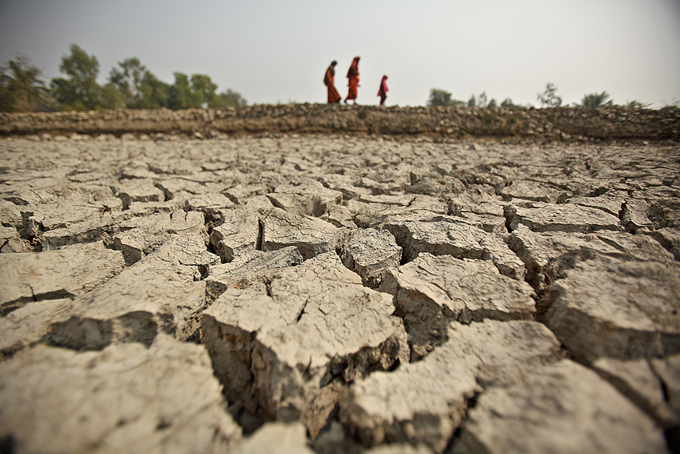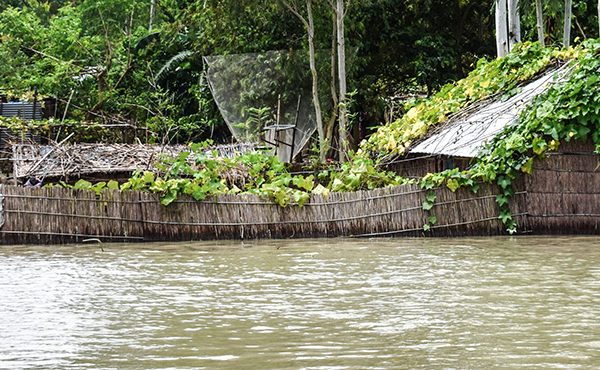Reading Time: 2 minutes
We do a great deal to raise awareness and warn future generations that our planet’s natural resources cannot be replenished. Climate change is a daunting reality and we have to be conscious of our carbon footprint… the list of issues to reckon with is exhaustive.
Earth day: emphasised in schools and universities, broadcasted on billboards and posters in every major city, acknowledged across the globe by all.
We do a great deal to raise awareness and warn future generations that our planet’s natural resources cannot be replenished. Climate change is a daunting reality and we have to be conscious of our carbon footprint… the list of issues to reckon with is exhaustive.
But let’s look at the nitty-gritty: beyond just being a day for individuals to reflect on their choices and how they affect our planet, Earth Day should be a reminder that communities need to collaborate; government leaders, policymakers and non-governmental development organisations alike must make it a point to recognise the importance of environmental protection and how it affects their work.
For NGOs fighting to eradicate ultra poverty, being sustainably eco-friendly may seem extraneous. They have bigger fish to fry, right? How can endorsing Earth Day help people rise out of situations of severe destitution?
This year’s theme is centred on the idea of ‘green cities,’ a very unique environmental challenge of our time. As the world’s population migrates to cities, creating sustainable communities is more important than ever. Internal migration has become a major concern and point of discussion in Bangladesh. With more than 15 million people in an ever growing metropolis, Dhaka has already become a congested concrete jungle. But because migration and urbanisation has brought on rapid industrialisation, the much needed symbiotic process to reduce poverty and spur a socioeconomic transition has been made possible.
Widely recognised as extremely vulnerable due to its geographical position, Bangladesh has experienced an increase in the frequency of intense natural disasters over the past 15 years. Migration to cities from coastal districts, flood-prone haor (wetland) and seasonally dry monga (famine) areas is also driven by poor environmental conditions. Typically as a result of lacking livelihood opportunities, migrants from environmentally vulnerable regions often end up in the country’s urban slums, particularly those of Dhaka.
Experts say that the consequences of climate change and migration will be most severe for those least responsible for causing it and least able to deal with its effects – in other words, the developing world. Areas that have been identified as ‘hotspots,’ such as Asian megadeltas like Bangladesh, are most prone to multiple existing natural and human-induced stresses including exposure to cyclone hazards and limited scope for inland migration. Combined with high population density, these factors provide considerable justification for a better understanding of the potential impact of climate change and migration in Bangladesh.
Even though we consider Earth Day as a time to remind ourselves to turn off the lights when we leave the room, or unplug electronics when leaving the house, let us take a moment to remind our policymakers, leaders and NGOs the importance of environmental protection for the future of our rapidly-changing country. More research needs to be conducted on environmental migrants and why their locality impedes their path out of poverty. When these indications are taken into consideration in designing and planning development programme initiatives, only then can we transform our city to forge a sustainable future.
Anushka Zafar is a senior communications officer and sub-editor at BRAC.






